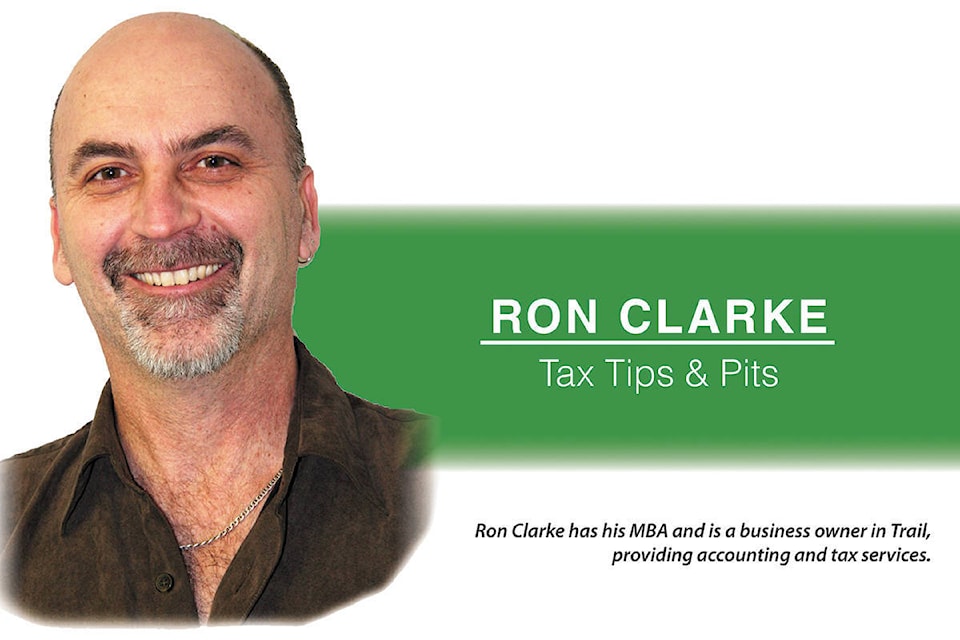SMALL BUSINESS CORPORATIONS
If a corporation meets all of the following criteria, then it typically qualifies by Canada Revenue Agency (CRA) as a Canadian Controlled Private Corporation (CCPC).
The corporation must be resident in Canada and not controlled by a non-resident, a publicly traded company or a Canadian company that lists its shares on a foreign exchange. And it must not have any class of its shares traded on any stock exchange.
If a corporation qualifies as a CCPC, CRA allows a small business limit of $500,000 of after expense active income. “Active” meaning, income generated through active business operations.
The tax rate levied on this first $500,000 of active income is reduced to 12 per cent in BC from the normal 27 per cent, an incentive by federal and provincial governments to encourage business development. Active income over $500,000 is taxed at regular corporate rates.
Realizing that this favourable tax rate applies to active income earned by the CCPC, what about “passive” income earned from an investment portfolio held by a CCPC?
Given the fact that the CCPC designation itself exists because government chooses to stimulate the economy, then it’s apparent that a CCPC engaged in producing significant passive income rather than focused on producing products and services isn’t necessarily aligned with the government’s intention.
In addition, if CCPC passive income were taxed at the 12 per cent active income rate, it’s obvious that a CCPC shareholder, in other words the owner, would have a tax advantage over a sole individual investor who would be subject to personal tax rates of up to 50 per cent.
As such, the taxes paid by a CCPC are adjusted due to passive income earned, but only on the incremental amount of passive income over $50,000.
Often referred to as a “grind-down” tax policy, for every dollar of CCPC passive income earned that exceeds the $50,000 threshold, there is a $5 lowering of the $500,000 CCPC small business income limit.
For example, if a CCPC earns $90,000 of passive income in a fiscal year, the CCPC’s small business income limit lowers to $300,000. The math is $90,000 less the $50,000 allowable threshold x $5, so this means $40,000 x $5 equalling $200,000 deducted from the normal $500,000 CCPC small business income limit.
To the extreme, once passive income earned reaches $150,000, the CCPC small business income limit is zeroed, eliminating the lower CCPC tax rate advantage.
The reduced income limit is applied the following fiscal year.
Why is there a $50,000 passive income threshold? CRA permits a CCPC to hold wealth and earn this amount of investment income annually to acknowledge financial needs required for business expansion, and planning for the unexpected.
Ron Clarke has his MBA and is a business owner in Trail, providing accounting and tax services. Email him at ron.clarke@JBSbiz.ca. To read previous Tax Tips & Pits columns visit www.JBSbiz.net.
